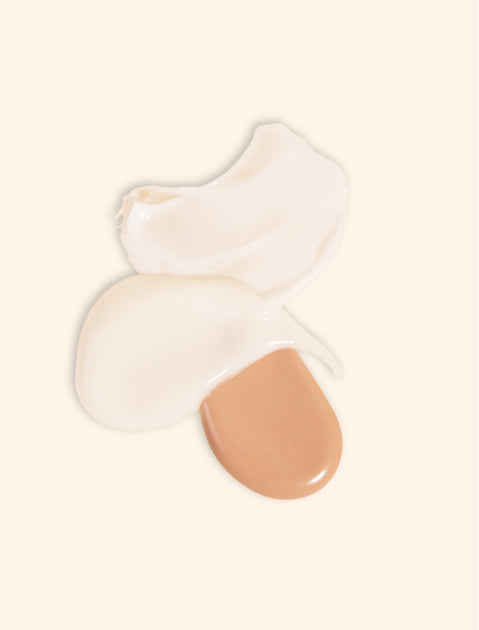

There are several ways of applying heat to your eyelids, the goal is to apply heat for 3-5 minutes at least once per day. The goal of the warm compresses is to liquify and loosen the oil in the Meibomian glands, allowing it to reach the tear film. If you stop the treatment, your symptoms can return, as this is a chronic condition that requires long-term management. You should stay diligent, however, because the improvement will only take place over a period of weeks and continue over weeks or months. Your symptoms likely will not improve immediately. Blepharitis typically has a fluctuating, up and down course. You can tailor these basic steps according to how much your symptoms improve or worsen. Being too aggressive can cause more eyelid irritation. Cleaning the dirt and debris from the lids and lashes and reducing the bacteria from this area will improve symptoms. The treatment and control of blepharitis has a stepwise approach to keeping the eyelids clean. When these glands are inflamed, the oil in the tear film decreases and the eyes can become dry. The oil from these glands forms an integral part of the tear film and is necessary for the lubrication of the eyes. Mostly blepharitis is due to inflammation and clogging of the meibomian glands, which are oil glands found on the upper and lower eyelids. Your treatment will be tailored by your doctor according to your needs. There are different variations of blepharitis. The problem is chronic and cannot be cured but can be controlled through diligent maintenance treatment by the patient. Symptoms can include redness, burning, feeling of dryness, tearing, sandy-gritty sensations, feelings that there is something in the eye, and many other symptoms caused by the irritation to the surface of the eye. Typically, it is not a vision-threatening problem, but can be very bothersome. It is characterized by a chronic inflammation of the eyelids that irritates the eyes.


 0 kommentar(er)
0 kommentar(er)
